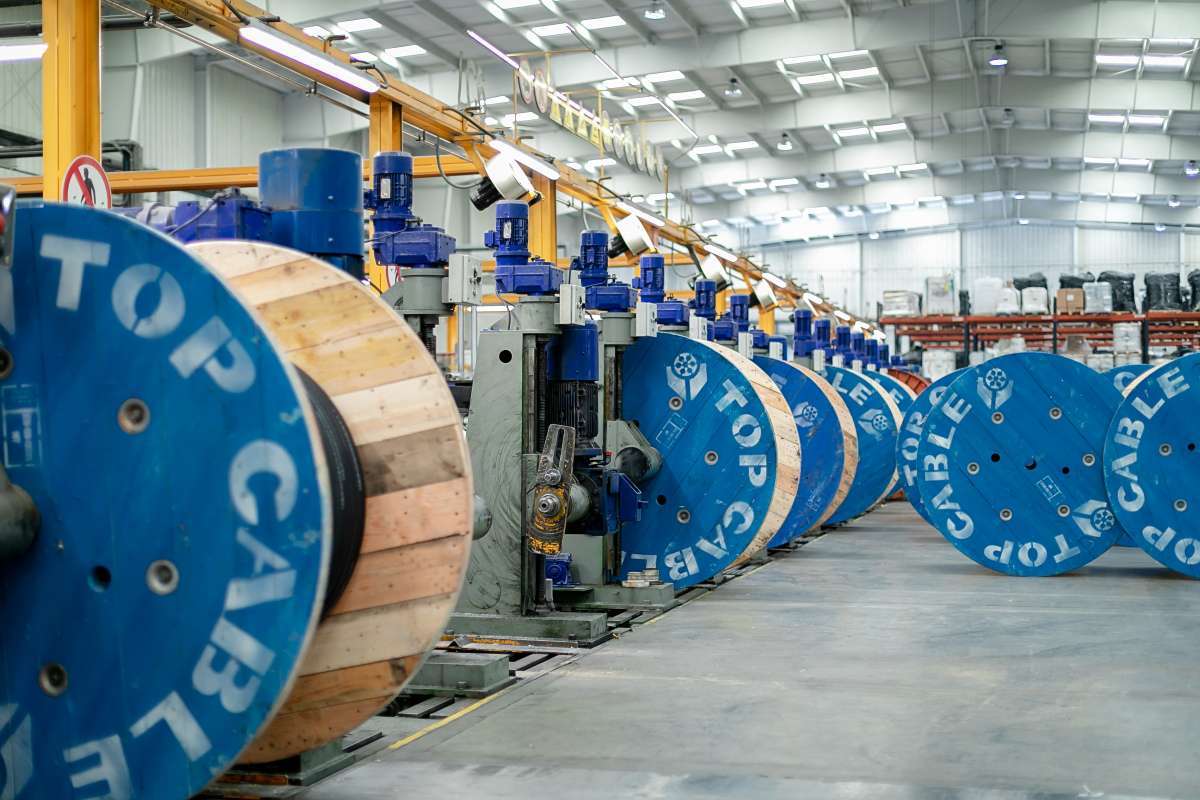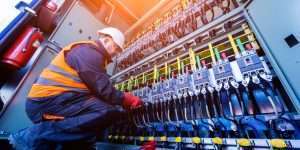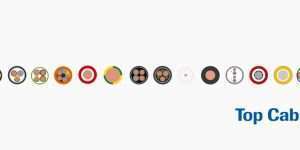TOXFREE® RZ1-K 0.6/1kV is a halogen-free flexible power cable with low smoke emission and no…
Learn about different types of power cables
Power cables have different types of cables and standards being set by their use and the country they are used in. The main worldwide standard for power cables is IEC (International Electrotechnical Commission).

IEC POWER CABLES FOR DOMESTIC USE
The IEC is an international organization that provides electrical safety and technological standards for over 170 countries all over the globe. IEC standards cover electrical safety, labeling, performance, test methods, and other guidelines for electrical and electronic products such as ceiling lights, kettles, heartbeat monitors, etc.
DIFFERENCE BETWEEN IEC AND EN STANDARDS
The CENELEC is in charge to develop EN standards for electrical and electronic products that are placed in the EU market. The CENELEC may adopt EN standards like EN IEC 60335-2-43. However, it might also develop its own standards, independently of the IEC.
DIFFERENCE BETWEEN IEC AND UL STANDARDS
UL standards, applicable mainly to products being sold in the US, are developed by Underwriters Laboratories and are independent of IEC standards. However, some UL standards are based on the IEC standards.
IEC STANDARDS TESTING COMPANIES
Some lab testing companies that offer services related to the IEC standards can be found here.
TYPES OF ELECTRICAL POWER CABLES COMMONLY USED
There are several types of electrical power cables commonly used:
- Panel wire cables: cables designed for electrical control panels, equipment wiring, distributors, cabinets and lighting.
- XLPE/PVC power cables: electric power cables designed for industrial installations.
- Armoured cables: power cables with steel wire armour or steel strips for optimum mechanical protection. In the case of single-pole cables, the strips are made of aluminium.
- Rubber cables: extra-flexible rubber cables with extraordinary flexibility and mechanical strength.
- Fire resistant cables: fire resistant power cables, specially designed to ensure the power supply to emergency circuits in the event of fire. For emergency circuits.
- Control & screened cables: cables designed to reduce electromagnetic interference.
- Instrumentation cables: instrumentation cables for optimum data transmission.
- Solar cables: cables designed for photovoltaic installations.
- Flat cables: cables specially designed for lifts, cranes, hoists and conveyor systems.
- Aluminium cables: aluminium cables for power transmission.
- Coaxial cables: cables with a central conductor surrounded by an insulating layer, a conductive shield, and an outer insulating layer.
- Parallel audio cable: cables for connecting music equipment speakers.
- Fiber optic cables: cables that transmit data as pulses of light through optical fibers made of glass or plastic.
These are just a few examples, and there are many more types of electrical cables designed for specific applications and environments.
COMPONENTS OF POWER CABLES
A power cable has four main layers:
- Conductor: is the part of the cable responsible for transmitting the flow of electricity. Highly conductive metals such as aluminium or copper are used to form the conductors.
- Insulator: it covers and contains the electric flow in the conductor. They prevent short circuits and undesired current flow routes. The most common cable insulating materials are PVC, EPR/HEPR or XLPE.
- Auxiliary elements: they protect the cable and guarantee its longevity, such as screens or armours.
- Outher-sheath: it covers all the mentioned materials protecting them from any damage caused by environmental factors like water, fire, UV rays, chemical reactions, or other mechanical aggression. The most common polymers are PVC, rubber or PE.

SELECTING THE RIGHT POWER CABLE
To pick the right power cables for your electrical needs, make sure to consider all the important factors:
- The voltage and current requirements of your devices: The power cable must withstand the appropriate voltage and current so that it does not overheat when handling the required amounts of current.
- Environmental conditions: If you’re running the cable over long distances, through walls, or up and down floors in a building, look for power cables that are rated for such installations.
- Cable quality and safety standards: You should always purchase accredited and certified products such as those we offer at Top Cable. This ensures that you get a cable for your installations that complies with the most demanding quality standards.
TOP CABLE, A LEADING MANUFACTURER OF POWER CABLE
At Top Cable our commitment to excellence ensures that every cable we design and manufacture, meets the highest quality standard. Our state-of-the-art laboratories are equipped with cutting-edge equipment and technology, ensuring that we can perform a comprehensive range of electrical tests to meet our clients’ specific requirements.
Our team of highly skilled and experienced engineers and technicians undergoes rigorous training to maintain their expertise and stay abreast of the latest industry standards, ensuring the highest quality and performance of your cables.
Contact us today here if you are looking for a cable manufacturer that delivers cables with exceptional electric performance.




